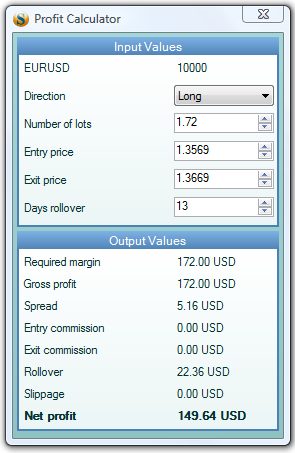
If you have just begun your trading journey, you may be overwhelmed by the amount of information and terminology that circulates through the Forex Market.
Trading is like navigating an ocean. If you don't know all the basic knowledge that will let you operate your ship to its optimal performance, you have no chance of making it through the waves, storms and hurricanes that you will encounter.
This is why, today, we will answer questions about Forex trading terminology, as well as give you a little bonus at the end to help you get your risk management strategy up on its feet.
What are Forex Quotes and how to read them?
A Forex quote always includes a currency pair, like EUR/USD, NZD/JPY or AUD/GBP. The reason behind this particular structure is explained in detail in our article about how buying and selling works in Forex.
So, we say that a currency is quoted to another currency. And for every pair we have:
The Base currency: It has a value of 1. It is the reference for the exchange rate.
The Counter / Quote currency: When you're buying the base currency, the exchange rate tells you how much you need to pay in the counter currency.
For example, if the exchange rate for the pair EUR/USD is 1.17730, then for every euro, you need to pay 1.17730 USD. The EUR being the base and the USD being the counter.
Spreads: What are bid and ask prices?
In the majority of cases, brokers will quote their prices in the form of a spread. Which means that there will be two prices for each currency pair: The bid and the ask.
The ask price is how much you're willing to give to buy into the currency pair.
Conversely, the bid is how much you're selling the currency pair.
To put it simply: you buy with the ask price, and you sell with the bid price.
This is why, usually, t
he ask price is greater than the bid. So that the broker could make a profit for the transactions you make.
The difference between the bid and the ask is what's called a spread.
Spread = BID - ASK
For the EUR/USD:
Ask = 1.7781
Bid = 1.7772
Which means that: Spread = 1.7781 - 1.7772 = 9 pips
What is a "lot" in Forex?
The entirety of the Forex Market is run electronically. In fact, it doesn't even have a physical location. It all happens within the interbank network.
Its size is estimated to be over $5 trillion.
It would be virtually impossible to trade small amounts of money.
This is why trading comes in lots. These lots are composed of a certain number of currency units.
They also come in 3 different sizes:
Standard lots = 100,000 units.
Mini lots = 10,000 units.
Micro lots = 1,000 units.
What is Margin trading and leverage?
Now that we have learned that the minimum amount of money that you can use in the Forex Market is at least $1,000, is it possible for anyone to trade with less than that?
Yes, with the power of LEVERAGE.
For example, if you want to make a trade with 1 standard lot ($100,000), you wouldn't need the whole amount to accomplish that trade. You only need a small amount that you can deposit as a margin.
Leverage is represented with a ratio. If we say that for your account you have a leverage of 1:50, what that means is that you will need $2,000 to be able to trade with $100,000.
$2,000 x 50 = $100,000
So, what all of this boils down to is that trading with margin allows you to open large positions with a small amount of money.
What is a pip in Forex?
Pip is short for "Percentage in Point". It's the smallest price movement that a currency pair can make.
Calculating the pip value is crucial to determining your position size in relation to your risk management. It helps you identify how much exactly does every price move cost you or benefit you.
Here's how you can calculate the pip value:
Let's take for example the currency pair CHF/JPY at an exchange rate of 111.319.
First start by calculating your risk:
Risk = Capital x Risk%
Then determine how many pips are in your Stop Loss. There are many ways to go about it, depending on your approach to trading. For now, let's just say that your stop loss reflects the average movement of the price in pips over a certain period of time.
After that, you can calculate your pip value easily:
Pip = Risk / Stop Loss
You can even take this a step further and deduce the volume of your trade to be in parallel with your risk management strategy, by calculating the lot size:
Lot size = (the exchange rate x pip value)/(0.001 x 100,000)






